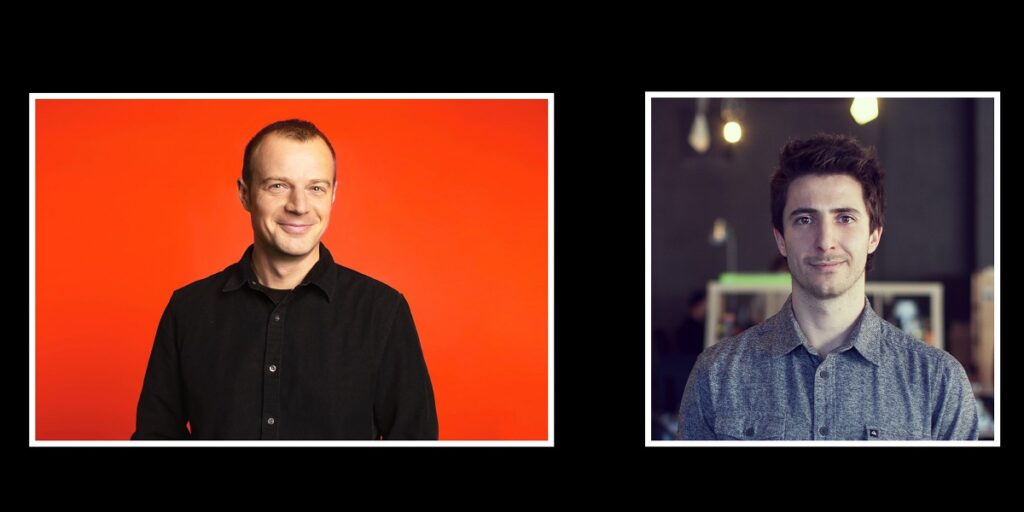A director’s vision, backed by a strong team, can make or break a film. In the case of the science fiction film Kalki 2898 AD, director Nag Ashwin aimed to create a cinematic universe that has already sparked conversations, even before the film’s release. This vision was first introduced through the animated series B&B: Bujji and Bhairava on Amazon Prime.
Continuing to captivate the nation, the multi-starrer film Kalki 2898 AD premiered on 27 June and has dominated the box office, surpassing the Rs 900 crore mark globally. As a sci-fi film, visuals are paramount, and Ashwin ensured that his team included top-notch talent, with visual effects spearheaded by the renowned studio DNEG. The film has garnered praise for its breathtaking visuals, which amplify its larger-than-life scale.
Drawing inspiration from Hindu mythology, Kalki 2898 AD explores the tale of Kalki, the 10th and final avatar of Lord Vishnu, destined to appear at the end of Kali Yuga (the age of darkness). The film boasts an ensemble cast, including Prabhas, Deepika Padukone, Amitabh Bachchan, Kamal Haasan, Disha Patani, and Keerthy Suresh. Their stellar performances, coupled with the seamless integration of cutting-edge technology and human emotions, have earned the film rave reviews.
Visual effects: A collaborative masterpiece
The film’s state-of-the-art visual effects were led by DNEG and supported by other renowned studios like StealthWorks Taiwan, Folks VFX, Lola VFX, The Embassy VFX, Pixstone Images, and Labyrinth. DNEG and ReDefine jointly worked on over 900 shots for the film, with a large team of over 1200 artists from both studios creating some of the film’s crucial visual moments.
In an exclusive interview with Animation Xpress, Redefine Sofia (Bulgaria) studio head & VFX supervisor Peter Dimitrov and DNEG VFX supervisor Tom Proctor shared intricate details about the building blocks of this on-screen marvel.
Their VFX team’s work was not prominently featured in the trailer, as their most impactful contributions were for the film’s climax, kept under wraps. DNEG, under Proctor’s leadership, handled the epic fight scenes and ultimately, the film’s dramatic destruction; while the team at ReDefine focused on establishing shots, Bujji car sequences, assembling fleets and ground troop battles.
Crafting epic battles and futuristic vehicles
Proctor shared, “DNEG contributed to the climactic battle scene. We created hero digidoubles for the main characters and a library of digital crowd agents for the background. Our environmental work included extending practical sets to depict the surrounding mountains, the terraced city with diverse architectural styles, the bridge, and the Tree of Life. We also built various vehicles such as Bujji, the monobikes, and the Raider pods.”
Prabhas’s futuristic car Bujji, which also serves as a character, was jointly designed by Mahindra Research Valley and JayemAutomotives Coimbatore. Talking about its depiction in the film, Dimitrov revealed, “We primarily used a digital version of the car for most of our shots, but I was particularly impressed by the intricate detailing of the practical model. It was only recently that I discovered it was fully operational and drivable.”
A significant part of DNEG’s project involved blocking out the storytelling of the major action beats in animation, including handling the film’s iconic fight sequences. Proctor revealed, “Director Nag Ashwin provided us with animatics that included storyboards, stunt visualisation, and even shots filmed with an iPhone using small models. Our team would then block these out in layout and animation. Whenever I felt a particular beat was unclear or could be more efficient, I suggested changes to the shots or the edit. Nag was very receptive to feedback, making the collaboration enjoyable and productive.”
Their layout supervisors, Anand Pai and Lovaprasad Penke, excelled at blocking out the work and iterating quickly to refine the storytelling and composition. Once Ashwin approved a beat, their animation supervisor, Rahule Bochare, and his team took over to finalise the animation for approval.
Overcoming creative challenges
Audiences have drawn parallels between some visual moments of Kalki 2898 AD and other iconic masterpieces like Dune and Star Wars. Asked if there was any international film that served as an inspiration for the visuals, Dimitrov said, “Our sequence featured a diverse range of effects essential to the storytelling. To initiate discussions with Nag, we created original concept art to outline the direction he envisioned.”
He explained that on such a large-scale production, maintaining seamless operations hinges on establishing a strong visual language from the outset. “While we aimed to set this early, the expanding scope led to some unexpected challenges where quick and effective solutions were crucial to keep pace. Fortunately, we had exceptional compositing supervisors in Rajesh Madishetty and Vishesh Pachisia, whose collaboration was instrumental in overcoming these hurdles.”
ReDefine encountered several significant challenges, particularly with digidoubles designed for smaller screen sizes being used full screen as Ashwin’s vision expanded. Proctor disclosed, “This posed a considerable difficulty as we had limited photogrammetry and texture photography from the shoot, making the up-res’ing of digis, especially the faces, extremely challenging.”
Another major challenge for them was the expanding scope of their work as the film progressed. Late in the schedule, they had to split their efforts and form an additional team to handle the climactic scenes. “Apart from revising digidoubles, we had to adapt numerous assets for destruction sequences, develop complex visual effects under tight deadlines, and integrate new photographic elements arriving just weeks before the deadline.”
Also, integrating hero photography spanning several shoots over an extended period presented its own challenges. The seamless integration of plates from different shoots into compositing stands as a testament to the exceptional work of their compositing team.
Kalki 2898 AD, Rs 600 crore high-budget extravaganza, has been the talk of the town since its announcement. The much-awaited mythological fiction covering a span of 6000 years has set the benchmark high. As the film continues to cross milestones, audiences eagerly await the potential for a sequel, curious to see where this cinematic universe will venture next.
Image Courtesy: Vyjayanthi Movies


